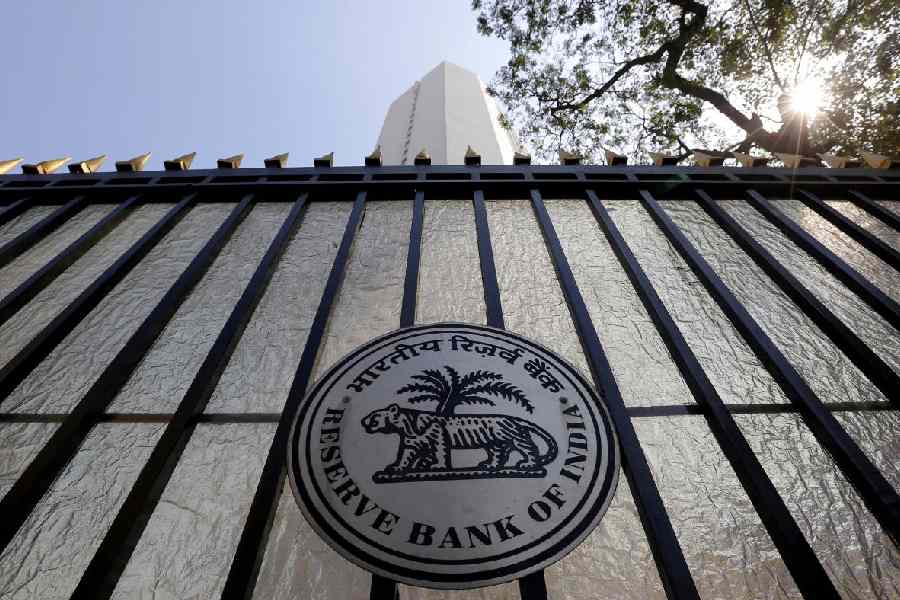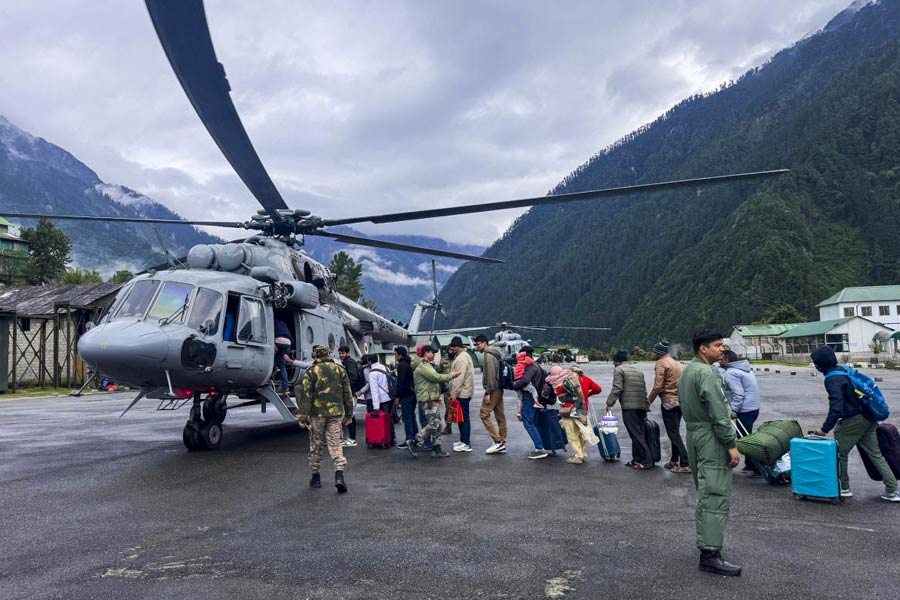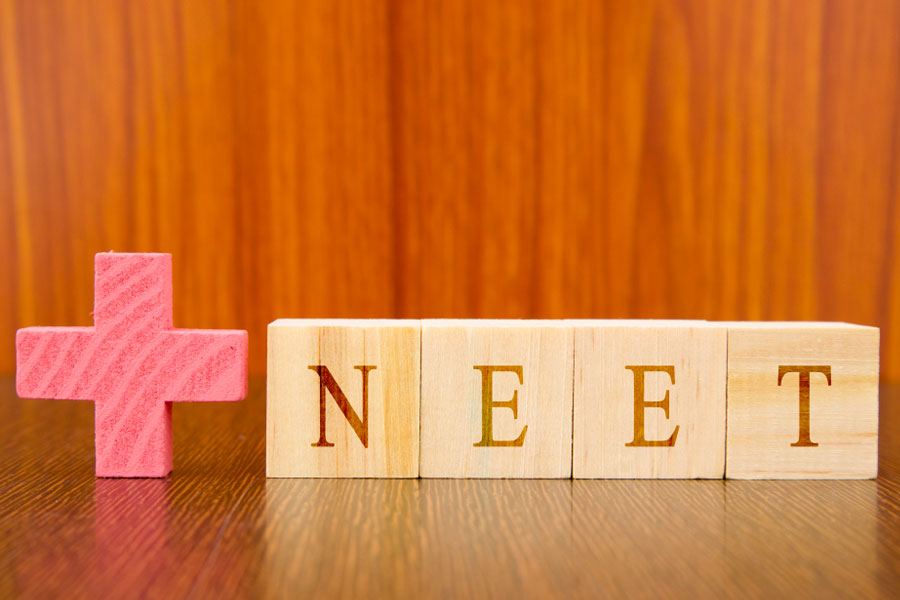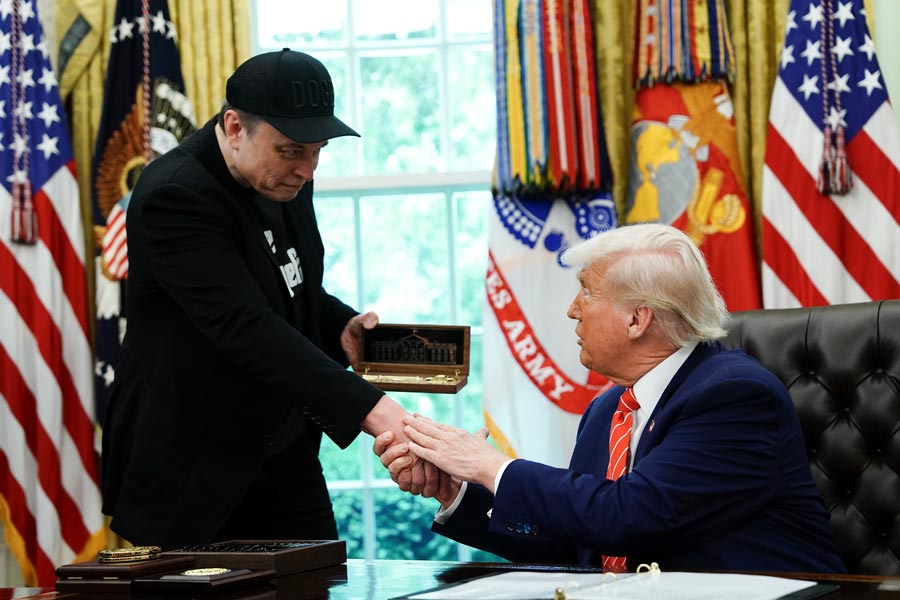Calcutta, Jan. 16 :
Calcutta, Jan. 16:
Calcutta will soon offer a heartline to the Northeast 'at no extra cost'.
The Rabindranath Tagore International Institute of Cardiac Sciences, Dr Devi Shetty's state-of-the-art super-speciality heart hospital at Mukundapur, off the E.M. Bypass, is extending its services through tele-cardiology 'beyond space and time'.
'It's a simple process of linking those areas in the Northeast which lack proper cardiac-care facilities to the superstructure here in Calcutta through satellite,' explained Dr N.K. Singh, commissioned to implement the project. 'Tele-cardiology will enable patients in Tripura, Assam or Nagaland to avail of medical treatment and post-surgical follow-ups at Dr Shetty's hospital here,' Singh added.
The GE medical division will supply equipment for the hook-up on long-term lease and the Indian Space Research Organisation (ISRO) will provide V-Sat linkage free of cost for images to be transmitted on a broad bandwidth.
The first such centre to be linked to Calcutta 'in two months' time' is a government hospital in Udaypur, Tripura. 'A compatible software - either Sun Solaris or Windows NT 2000 - will be used to digitally compress a medical image (like an echo cardiogram) at that end and beam it up with the satellite. Here, in Calcutta, the same software will enable us to decompress that image and see it clearly,' said Dr Alok Roy, vice-chairman of the Tagore hospital.
'A patient from the Northeast, who has undergone surgery in our Calcutta hospital, need not make repeated trips back to the city for check-ups. He can get that done from his native place itself through tele-cardiology, as all diagnostic reports will be seen by the doctors on-line. Eventually, we plan to link up the entire country via satellite,' said R. Udayan Lahiry, administrator.
'The biggest constraint could be the human element. Medical professionals will have to change their mindset to reach out for this facility,' observed Singh, who felt judicious use of this technology can cut down medical costs incurred by 30-40 per cent.
'In the US, tele-medicine has helped save $ 3 billion a year,' observed Singh, who has studied the model extensively.
Besides taking quality cardiac care to the masses, tele-cardiology can 'also produce skilled surgeons through satellite education and spread awareness to prevent late complications', felt Dr Ashutosh Raghuvanshi, clinical director and senior cardiac surgeon.
 Friday, 06 June 2025
Friday, 06 June 2025










